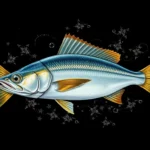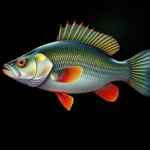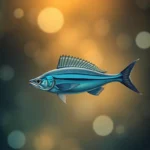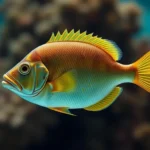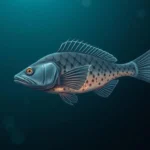The Deep Symbolism of Koi Fish
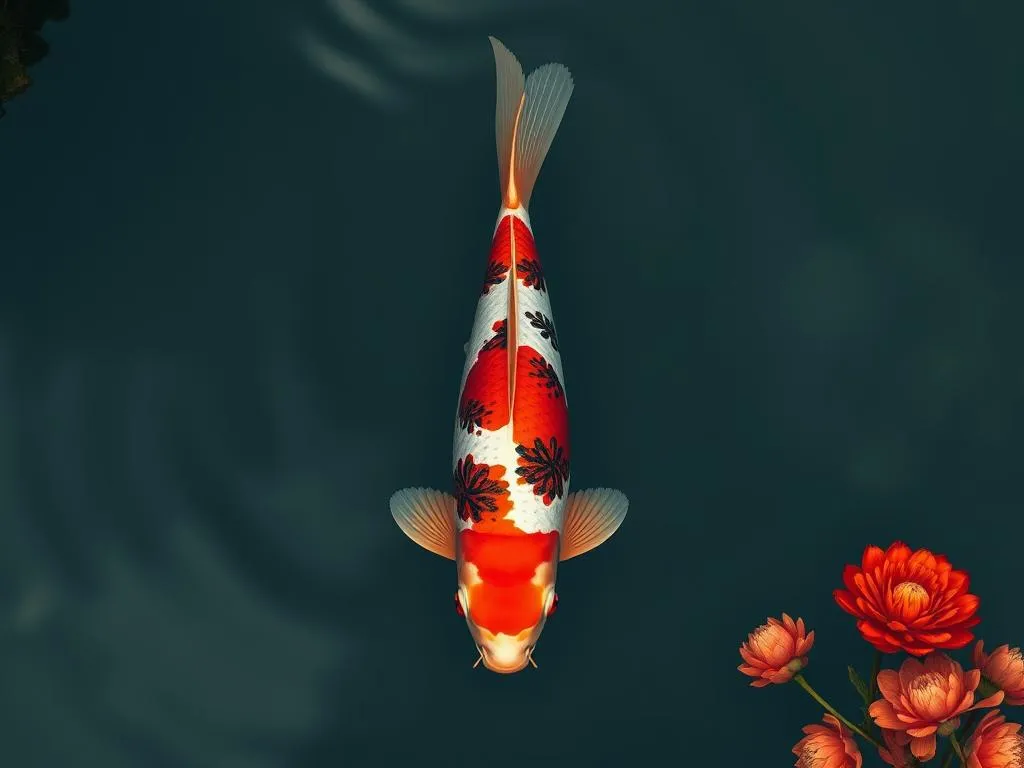
Disclaimer: Some images on this website are AI-generated artworks and may not accurately represent real animals.
Koi fish are not just beautiful aquatic creatures; they carry profound symbolism and meaning that resonate deeply across various cultures, particularly in Japan. Known for their vibrant colors and graceful movements, koi have transcended their role as mere ornamental fish to become powerful symbols of resilience, transformation, and prosperity. This blog post explores the rich tapestry of koi symbolism and meaning, inviting you to delve into the world of these enchanting fish.
Understanding Koi Fish
Overview of Koi Fish
Koi fish, scientifically known as Cyprinus rubrofuscus, are domesticated versions of the common carp. Originally bred in Japan for their beauty and variety, they are now cherished worldwide. Koi can be found in a range of colors, including orange, white, black, and blue, often with intricate patterns that make each fish unique.
| Physical Characteristics | Description |
|---|---|
| Size | Can grow up to 3 feet long |
| Lifespan | Typically 20-30 years, some over 200 years |
| Colors | Red, orange, yellow, white, black, blue |
| Patterns | Kohaku, Sanke, Showa, Asagi, and many more |
Koi thrive in outdoor ponds and gardens, where they are often kept as a symbol of beauty and serenity. Their origins trace back to the ancient practices of rice cultivation in China, where they were initially kept for food. Over time, they became popular in Japan, particularly during the Edo period, where selective breeding led to the stunning varieties we see today.
Cultural Significance
In Japanese culture, koi fish hold significant meaning. They are often associated with gardens and ponds, symbolizing peace and tranquility. Koi have been featured in Japanese art, folklore, and festivals for centuries, serving as a source of inspiration for many cultural expressions. The koi’s ability to thrive in challenging environments mirrors the Japanese spirit of resilience and strength, making it a beloved symbol throughout the country.
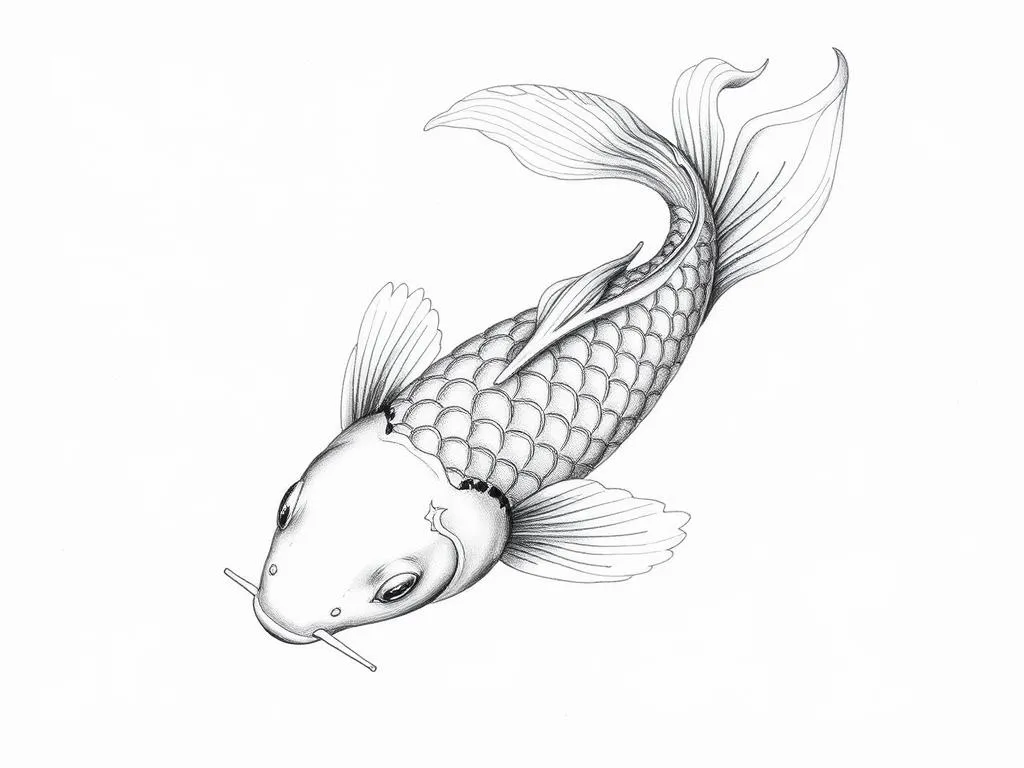
Symbolism & Spiritual Meaning
Perseverance and Strength
The koi fish’s remarkable ability to swim upstream against strong currents is a powerful metaphor for perseverance and strength. In Japanese folklore, it is said that koi can swim up waterfalls, and those that succeed in doing so transform into dragons. This transformation symbolizes the idea that overcoming challenges leads to personal growth and strength.
This narrative resonates with many people who face life’s adversities. Just as the koi navigates turbulent waters, individuals can find the courage to confront obstacles and emerge stronger on the other side. The story of the koi serves as a reminder that resilience often leads to transformation.
Transformation and Growth
Koi fish are known for their ability to grow large and live for decades, making them symbols of transformation and growth. Their life cycle—from egg to fry to adult—mirrors the journey of life, where individuals undergo various phases of development and transformation.
The koi’s growth potential encourages us to embrace change and seek personal evolution. Just as koi adapt and flourish in their environments, we too can learn to adapt and thrive despite the challenges we may face. The journey of the koi underscores the importance of patience and perseverance in achieving one’s goals.
Luck and Prosperity
In many Asian cultures, koi fish are associated with luck and prosperity. They are often seen swimming in ponds and gardens, symbolizing wealth and abundance. In Chinese culture, the koi is particularly revered during the Lunar New Year, where it represents good fortune and success.
Many people believe that having koi in their gardens or homes can attract positive energy and prosperity. The sight of koi gracefully swimming in water creates a sense of harmony and abundance, contributing to a positive environment. This association with wealth and luck adds another layer to the symbolism and meaning of koi fish.
Harmony and Peace
The calming presence of koi in water gardens embodies harmony and peace. Their serene movements and vibrant colors create a tranquil atmosphere, encouraging contemplation and reflection. This calming effect is one reason why koi are commonly found in Zen gardens, where they serve as symbols of tranquility and balance.
The peaceful nature of koi fish also promotes mindfulness. Observing their graceful movements can help individuals find inner calm and connect with their surroundings, fostering a sense of harmony in their lives.
Koi Fish in Dreams
Interpretation of Koi Dreams
Dreaming of koi fish can reveal various aspects of the dreamer’s life. Koi often symbolize aspirations, emotional states, and personal growth. The presence of koi in dreams can indicate that the dreamer is navigating challenges or experiencing transformation.
For instance, if you dream of koi swimming freely in a pond, it may suggest a time of peace and prosperity in your life. Conversely, if the koi appear trapped or struggling, it might reflect feelings of confinement or obstacles that need to be addressed.
Common Dream Scenarios
Certain dream scenarios involving koi carry specific meanings. Here are some common interpretations:
| Dream Scenario | Meaning |
|---|---|
| Swimming with Koi | A sign of connection to your inner self and peace |
| Catching Koi | Indicates opportunities and success coming your way |
| Koi in a Pond | Represents tranquility and harmony in your life |
| Dead or Sick Koi | Reflects feelings of loss or stagnation |
| Colorful Koi | Symbolizes abundance and positivity |
These scenarios provide insight into the dreamer’s emotional landscape and can serve as a guide for personal reflection.
Modern Interpretations
Koi in Art and Fashion
The symbolism and meaning of koi fish have permeated contemporary art and fashion. Artists often depict koi in various media, celebrating their beauty and the deeper meanings they convey. Koi tattoos have also gained popularity, with individuals choosing them for their representations of strength, perseverance, and personal growth.
Fashion designers have embraced koi motifs, incorporating them into clothing, accessories, and home decor. This modern interpretation of koi symbolism showcases the enduring appeal of these fish and their ability to resonate with new generations.
Koi in Popular Culture
Koi fish have made notable appearances in literature, film, and media, further cementing their status as symbols of beauty and resilience. From children’s stories to animated films, koi often represent themes of courage and transformation. They serve as powerful metaphors that inspire individuals to overcome adversity and embrace their journeys.
In video games and popular anime, koi are frequently depicted as mystical creatures, adding layers of symbolism and depth to their narratives. This representation in popular culture continues to shape perceptions of koi and their meanings in contemporary society.
Key Takeaways
- Koi fish symbolize perseverance and strength, representing the ability to overcome challenges.
- They embody transformation and growth, reflecting the journey of life and personal development.
- In many cultures, koi are associated with luck and prosperity, attracting positive energy and abundance.
- Their serene presence represents harmony and peace, promoting mindfulness and tranquility.
- Koi dreams can reveal insights into one’s emotional state and life circumstances, guiding personal reflection.
Conclusion
The symbolism and meaning of koi fish extend far beyond their physical beauty. They serve as powerful reminders of resilience, transformation, and the pursuit of harmony in our lives. Whether you encounter koi in a tranquil garden, dream of them swimming freely, or see their motifs in art and fashion, these fish continue to inspire and resonate.
Reflecting on our connections to koi can deepen our understanding of ourselves and the journeys we undertake. As you contemplate the meanings associated with koi, consider how their stories of strength and transformation mirror your own experiences. Koi fish will undoubtedly remain an enduring symbol of beauty and profound meaning in various cultural and personal contexts.
